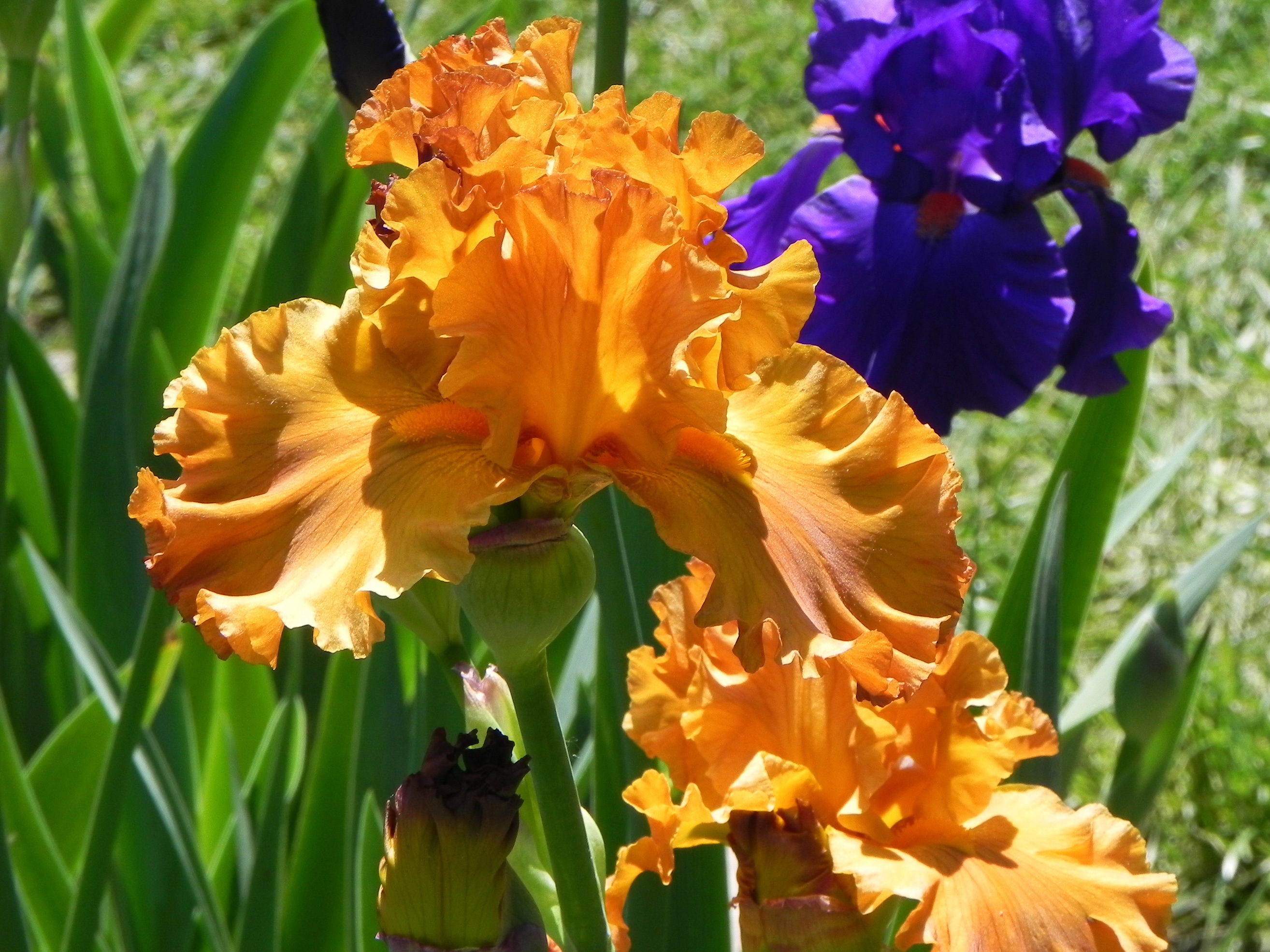
Growing iris flowers in the garden wallpapers and images wallpapers
Use about ½ cup of 5-10-5 fertilizer for 6 small plants or about 1 cup for a large iris clump. In early fall, cut leaves 6 to 8 inches from the ground. All irises need mulch the first season after planting. Apply a light mulch of straw or evergreen boughs after the ground first freezes.
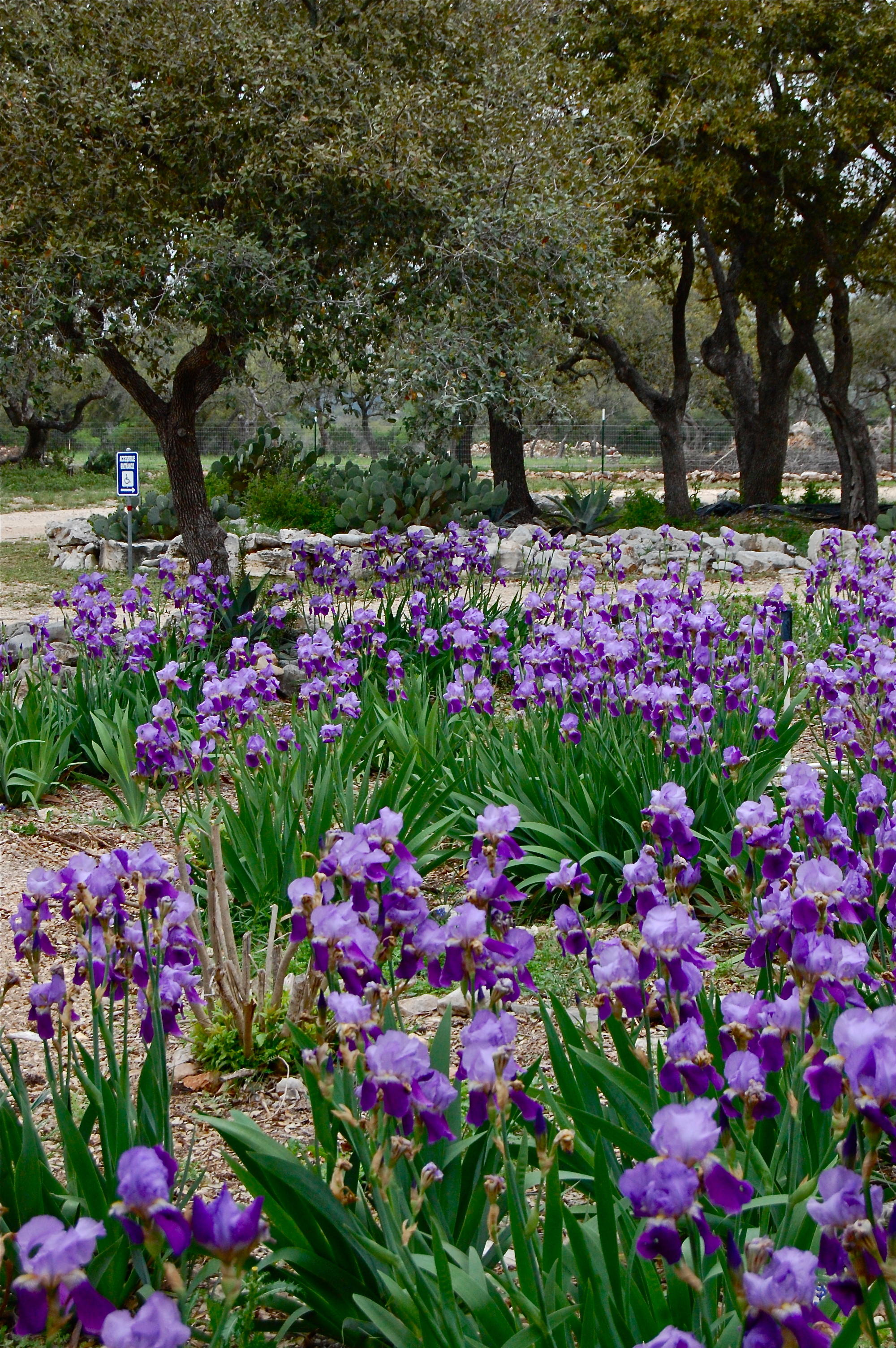
Connecticut Garden Journal Unusual Iris Connecticut Public Radio
Where To Plant Irises require at least a half-day (6-8 hours) of direct sunlight. Some afternoon shade is beneficial in extremely hot climates, but in general irises do best in full sun. Iris will grow in deep shade, but probably not flower. Provide your irises with good drainage. A raised bed or planting on a slope are ideal places to plant iris.
World of Irises Beautiful Gardens with Irises in Every Climate
Gardening Tip Most iris varieties require periodic division of the roots. The bearded types are prone to iris borer worms, and many gardeners lift the rhizomes nearly every year, cut away damaged sections, and replant the roots. This also offers a good time to propagate new plants.
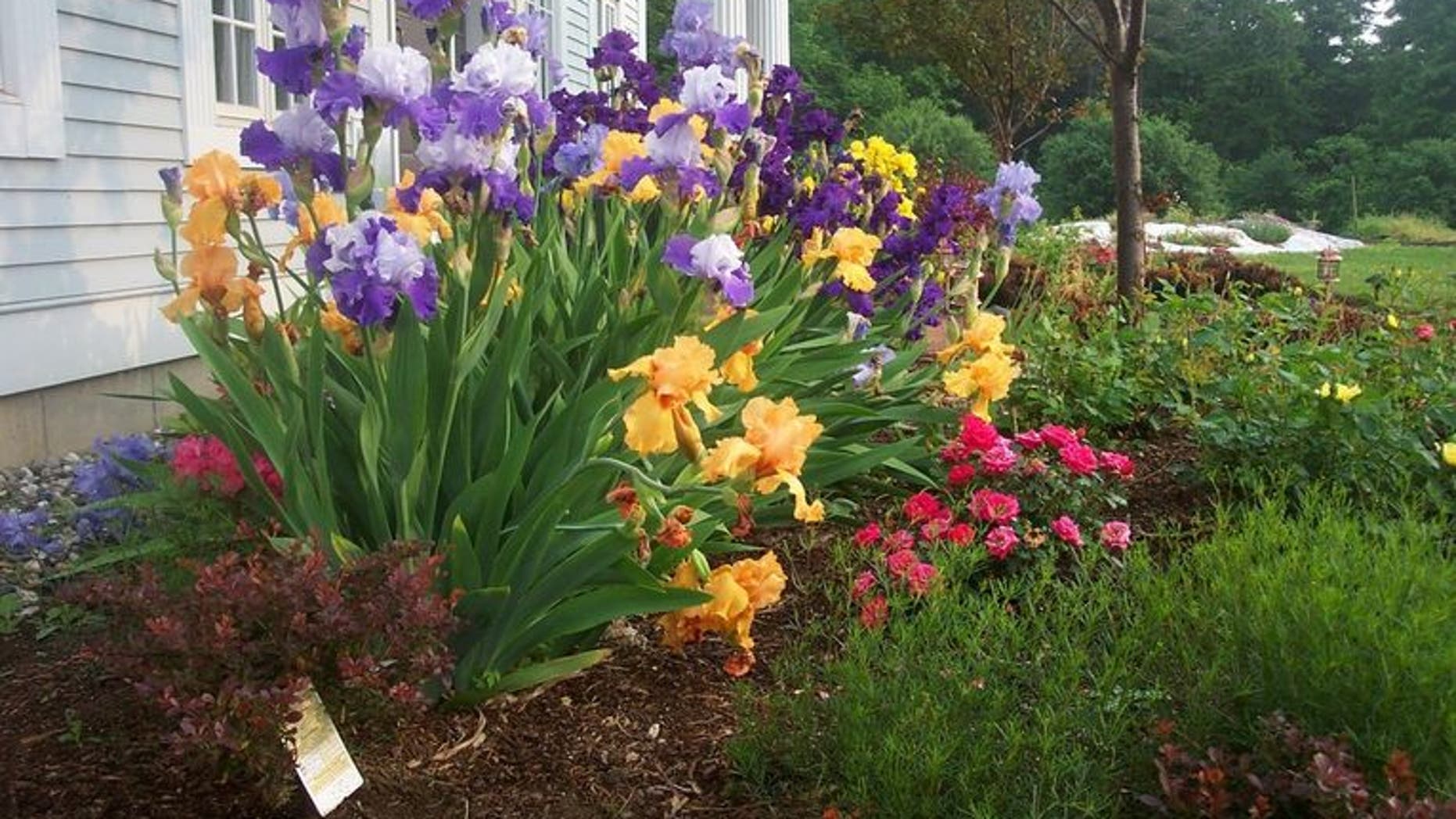
Incorporate irises in your fall garden for beautiful spring blooms
Prepare your border by digging in well-rotted organic matter - irises need fertile soil to produce the best blooms. Dig a hole around 5in deep per bulb and space each bulb 3in apart. This works for most irises but consult your bulb packet for specific spacing details. Place a single bulb in the hole with the roots pointing downwards.

How to Grow Iris Growing and Caring for Iris Plants
By Becca Badgett last updated March 30, 2021 Several varieties of iris plants ( Iris spp.) exist, providing intricate and exquisite blooms in sunny areas of the landscape. Iris flowers begin blooming in late winter to early spring. A range of varieties provides extended color in the flower bed.
World of Irises "Talking Irises" TALL BEARDED IRISES ELEGANT
"Beatnick" is a dwarf bearded iris growing to 14 inches. It has purple flowers with white highlights. "Big Blue Eyes" is a dwarf bearded iris with white and violet flowers. It grows to 14 inches. "Dusky Challenger" is a very dark purple iris, growing to 39 inches tall. "Thornbird" is a beautiful yellow iris that grows to 37 inches.

Long Island Gardening Irises A colorful rainbow in the garden TBR
Accessible Gardens Gardening Tips Homesteading Hydroponics Raised Bed Gardening Propagation Seeds Plant Problems Garden Pests Organic Treatments Plant Diseases
World of Irises "Talking Irises" TALL BEARDED IRISES COMPANION PLANTS
Gardening Gardening Ideas How to Care for Irises Like an Expert Here's what you need to know to plant, grow, and care for these beautiful perennials. By Arricca Elin SanSone Published: Jun 14, 2021 Country Living editors select each product featured. If you buy from a link, we may earn a commission. Why Trust Us? What are the types of irises?
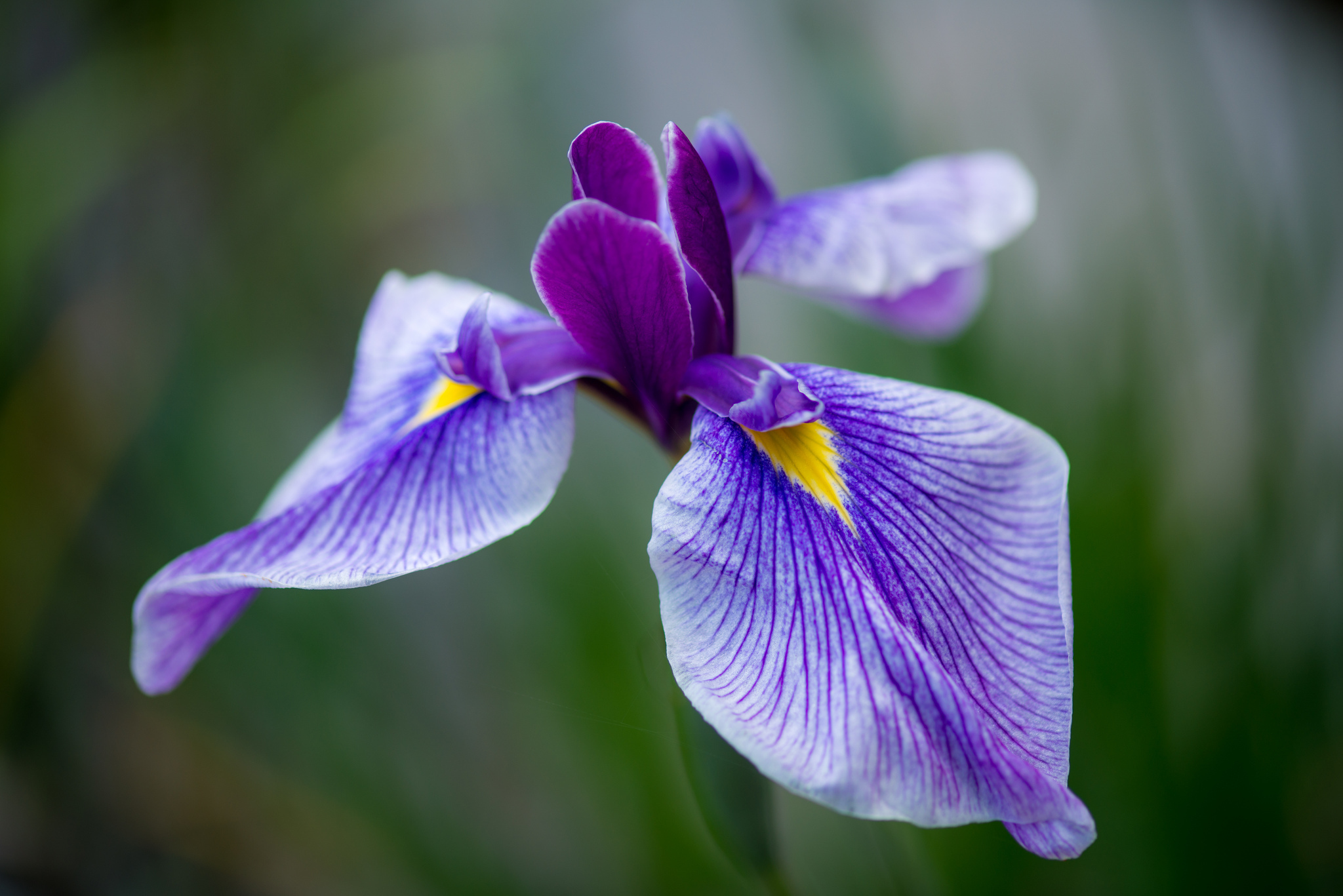
Beautiful flowers in the garden of irises wallpapers and images
Bearded Iris and Beardless Iris (Louisiana, Siberian and Japanese, for example) are among the easiest to grow hardy perennials in northern temperate zones. See below for tips on how to grow and care for both bearded and beardless Iris. We also offer several books on the subject of Iris culture. Please visit our Books page.
World of Irises "Talking Irises" THE BLUE IRIS GARDEN Planting A
The Spruce / Evgeniya Vlasova Light This perennial performs best in full sun unless you are growing it in an area that experiences very hot summers. In the latter case, it profits from a bit of afternoon shade. Soil Japanese iris wants friable, loamy soil.
World of Irises "Talking Irises" THE BLUE IRIS GARDEN Planting A
Planting and dividing. Most iris clumps become crowded and should be divided every three to four years. About four to six weeks after they flower, divide by digging up the whole clump and remove the mother plant. Place the rhizome on a ridge of soil, placing the roots in the soil, but the rhizome just above soil level.
World of Irises "Talking Irises" THE BLUE IRIS GARDEN Planting A
Named after the Greek goddess of the rainbow, irises bring color to the garden in spring and summer. The vast majority are hybrids with the most popular being bearded irises. Other popular varieties include Siberian and Japanese irises, Louisiana irises which are native to North America, and Dutch hybrids.

World of Irises Swing Into Spring With Iris Garden Visits
Jamie McIntosh Updated on 04/12/22 Reviewed by Barbara Gillette The Spruce / Meg MacDonald Bearded irises are one of the showiest flowers in the spring garden, and they are also one of the easiest to propagate and transplant—though you won't want to try it while a bearded iris is in bloom.

How to Plant Bearded Iris A Healthy Life For Me
Plant divisions of three to four fans. Never allow the irises to dry out while planting or transplanting. Soak the roots in water before planting for up to 2 days. Plant the rhizome 1-3 inches deep, and in a depression of 3-4 inches, which will help hold water. Mulch heavily.
FileIrises in the Botanical Garden 03.JPG Wikimedia Commons
Where to Plant Planting Tips Care Pests and Problems Propagation With over 200 species in this diverse group of plants, there is bound to be the perfect iris for your garden. In general, irises are low-maintenance and easy to grow.
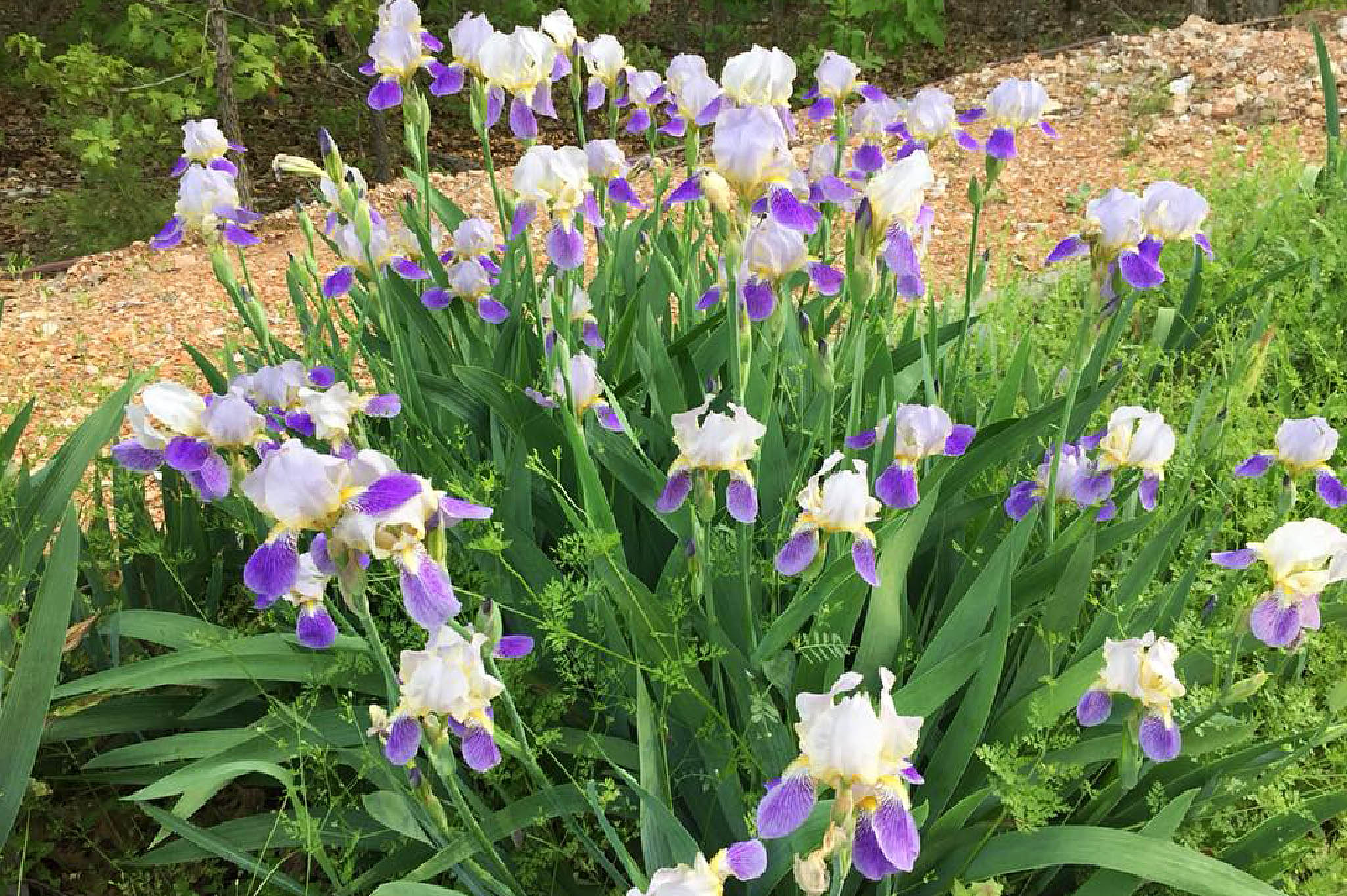
Tips & Tricks for Growing Irises Sugar and Sap
December 4, 2023 Sign up for daily gardening advice and tips The tall, beautiful iris, named after the Greek goddess who rode rainbows, comes in many magical colors. Despite its divine origins, this beautiful flower is rugged, reliable, and easy to grow. Learn to plant and care for irises for long-term success in your gardens. About Irises